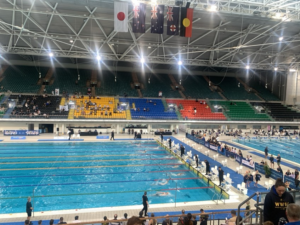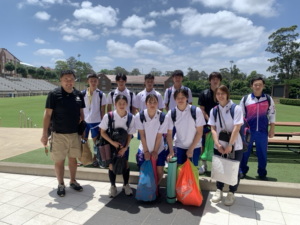As you may be aware from the news, a general election for the members of the House of Representatives was held in Japan last month on 27 October. As electoral systems vary from country to country, I would like to take this opportunity to introduce the electoral system of the House of Representatives in Japan and explain how the ballots are counted.
A general election of the House of Representatives is held either when the four-year term of a member of the House of Representatives expires, or when the House of Representatives is dissolved. This year’s election was held due to the latter. A general election of the House of Representatives consists of single-seat constituencies election and proportional representation election. The House of Representatives has 465 members, 289 of whom are elected by single-seat constituencies election and 176 of whom are elected by proportional representation election.
Under the single-seat constituencies election, Japan is divided into 289 constituencies and one representative is chosen from each constituency. Voters cast one vote with the name of the candidate they choose, and the candidate who receives the highest number of votes is elected.
Proportional representation election, on the other hand, is held in the 11 regional blocks of Japan where each block has a fixed number of members. Under this system, voters in a given region vote for a political party (or a political organisation), instead of an individual candidate. The number of elected representatives for each party is determined based on the number of votes received by the parties using the D’Hondt method. The seats are allocated to the top candidates, who are ranked from highest to lowest by the party prior to the election, and the top candidates listed up to the number of elected representatives on each list will be the elected candidates. The D’Hondt formula is a method in which the total number of votes received by the party is divided by a positive integer starting from 1, and the number of seats is assigned in the order of the quotient of the larger number. Candidates for single-seat constituencies election may also be listed on a party’s proportional representation list, with the same ranking. If a candidate wins in the single-member district election, this takes priority, so their placement on the proportional representation list is removed. Among the candidates who were not elected in the single-seat constituencies election, the rankings are assigned to the overlapping candidates based on the ratio of their votes to the highest vote count in their respective single-seat constituencies.
We would appreciate the opportunity to discuss these differences between Japan and Australia/New Zealand with you.

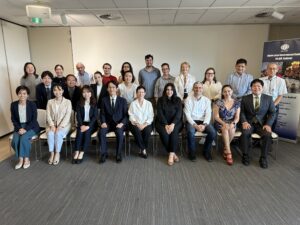
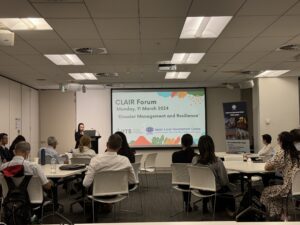
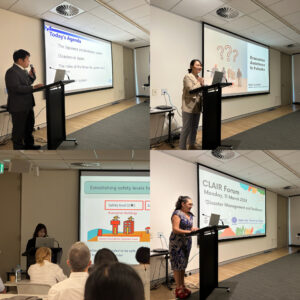
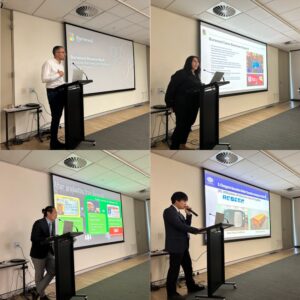
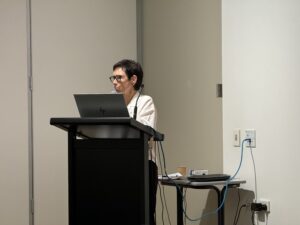
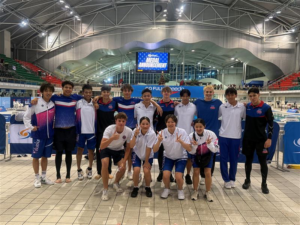 From the 3rd to the 13th of December, eight selected swimmers from the Fukuoka Swimming Association visited NSW, where they participated in joint training sessions with a local school and competed in the 2024-25 Speedo NSW Senior State Age Championships.
From the 3rd to the 13th of December, eight selected swimmers from the Fukuoka Swimming Association visited NSW, where they participated in joint training sessions with a local school and competed in the 2024-25 Speedo NSW Senior State Age Championships.